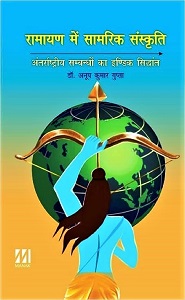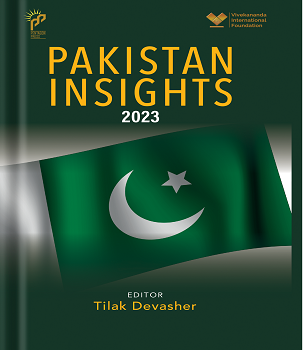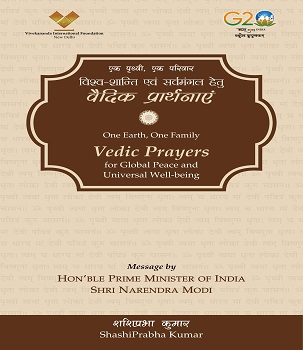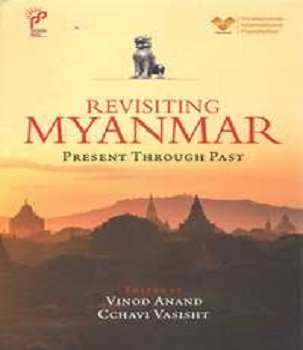Singapore has been called the 20th century’s “most successful development story” and is considered a model for economic development. Its stunning economic transformation has been described as a “miracle” and have been the subject of numerous analysis by scholars and governments worldwide. Given this, it is easy to forget how improbable Singapore’s chances of survival had been at the outset. Although many books and articles have been written about the city-state’s economic transformation, From Third World to First, published in 2000 remained the quintessential book on the subject. Consisting of more than 700 pages and divided into three parts and 43 chapters, the book is by no means a quick read. The author, the late Mr. Lee Kwan Yew or LKY as he was affectionately called, was the island city-state’s founding father and first Prime Minister, its chief architect, and one of Asia’s most influential politicians. In this book, Mr. Lee told the story of Singapore’s transformation “for a younger generation of Singaporeans who took stability, growth, and prosperity for granted”. He wanted to remind them just “how difficult it was for a small country…with no natural resources to survive in the midst of larger, newly independent nations all pursuing nationalistic policies”. Alluding to Singapore’s predicament, the late Dr. Henry Kissinger, former United States Secretary of State and a lifelong friend of Mr. Lee, wrote in the foreword that Singapore is “by far the smallest country in Southeast Asia [and] seemed destined to become a client state of more powerful neighbors, if indeed it could preserve its independence at all”. That Singapore preserved its independence and achieved what it has despite all the odds speak volumes about Mr. Lee’s leadership and efforts.
The book begins roughly from Singapore’s independence in 1965. Mr. Lee had become Singapore’s first prime minister in 1959 while it was still a British colony. In 1963, it joined neighboring Malaya, another former British colony, to become Malaysia. However, Singapore split from the union in 1965 owing to disagreements between Malay politicians and Mr. Lee on a number of issues. Following this, Mr. Lee faced the arduous task of building a nation and question mark hanged over the tiny island city-state’s survival. The specter of communist insurgencies that shook Malaysia, Indonesia and Indo-China and the threat of racial conflicts among Singapore’s Chinese, Malay and Indian population further complicated his efforts of building a nation out of people who have no “shared history”. Another crucial challenge was the economy, which was dependent on British military bases that would soon be closed. Mr. Lee’s basic strategy was to plead with foreign companies to establish sweatshops in Singapore. At a time when many developing countries vilified economic imperialists, Singapore recruited “any imperialist with a buck”.
Delving deep into his own meticulous notes, as well as previously unpublished government papers and official records, Mr. Lee detailed the extraordinary efforts it took for the nascent island city-state to survive at that time, explaining unapologetically how his government“finished off” the communist threat to the fledgling city-state’s security. He then explained how his government built infrastructure in lands that still consisted primarily of swamps, created an army from a hitherto racially and ideologically divided population, stamped out the last vestiges of colonial-era corruption, provided mass public housing, and established a national airline and airport. Besides these, Mr. Lee also has a hand in practically every aspects of governance, from urging college graduates to have more children to banning chewing gum, punishing people who did not flush toilets, choosing shrubs for the greening of the country, and, in the earlier years, forcibly giving haircuts to young men with long hair to make them look more disciplined. He described his approach to politics and public policy as one that was aimed “to be correct, not politically correct”.
Indeed, for Mr. Lee, pragmatism trumps ideology. What mattered to him was whether his plan would work, whether it would ensure Singapore’s survival and guarantee its success. Ideological consideration have no place in his style of governance. As such, he did not mind Singapore being referred to rather derisively as a “nanny state” explaining famously that “If this is a nanny state, I am proud to have fostered one.”Mr. Lee also helped Singapore navigate the complex geo-politics of the time that was characterised by great power rivalry between the United States, the Soviet Union and China. He acted as a confidant and messenger for them and in the process, he established himself as a great leader and his city-state as a serious player that punched above its weight in world affairs. Mr. Lee also wrote tenderly of his wife and stalwart partner, Madam Kwa Geok Choo, and of their pride in their three children –- particularly the eldest son, Mr. Lee Hsien Loong, who is now Singapore’s Prime Minister.
Mr. Lee established himself as a force impossible to ignore in Asian and international politics. Other world leaders have reshaped nations - Kemal Ataturk in Turkey, Lenin in Russia, Deng Xiaoping in China, and Jawaharlal Nehru in India. But what sets Mr. Lee apart was that he helped transformed his beloved city-state from “third world to first” in his lifetime. Mr. Lee Kwan Yew died in 2015 at the age of 91. But his ideas lived on in Singapore which is now a prosperous city-state with an intensely pragmatic people.
From Third World to First - The Singapore Story: 1965-2000 is a fitting legacy of a man who was loved and dreaded in equal measure. The book is a must for any library as also a ‘must read’ for scholars and academicians, diplomats who take interest in study in particular and South East Asia in general.











Post new comment